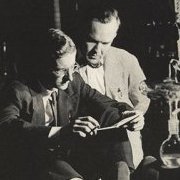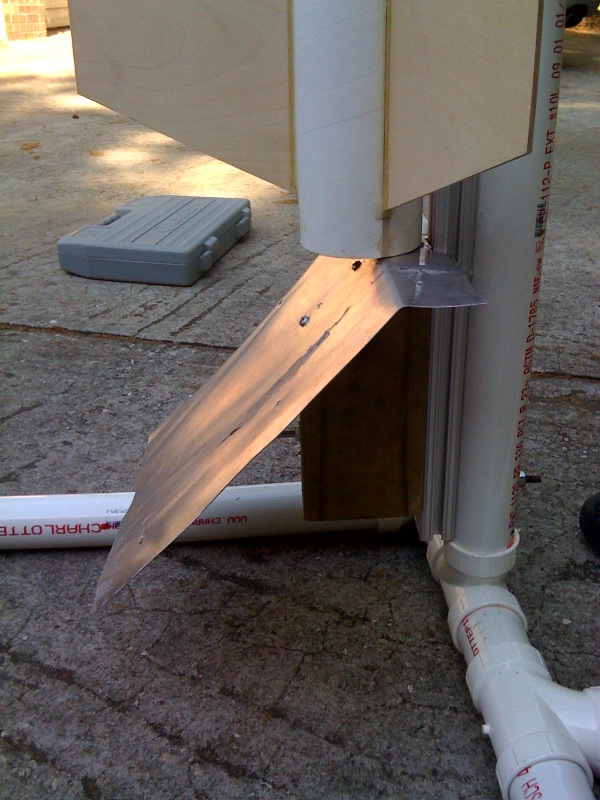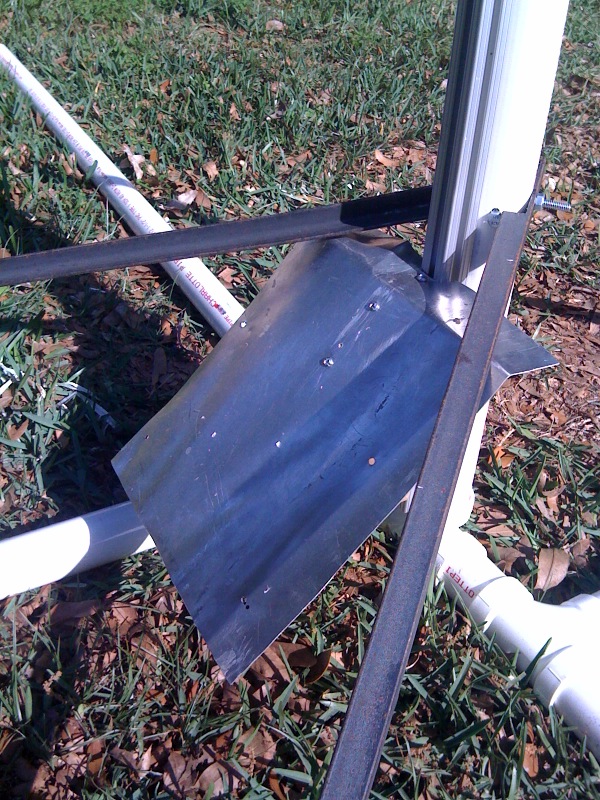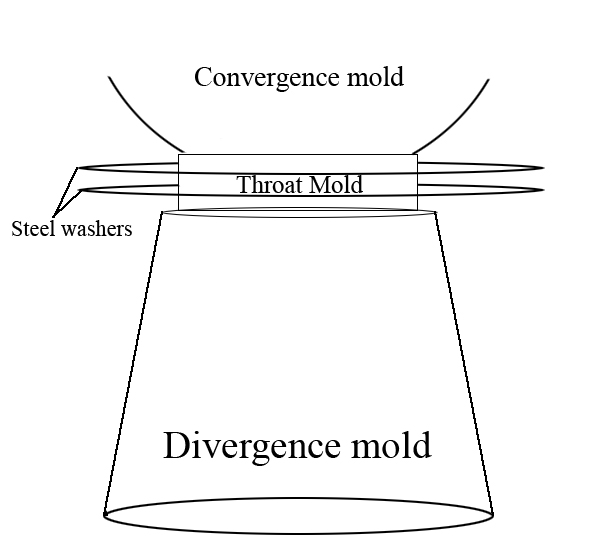-
Posts
3856 -
Joined
-
Last visited
-
Days Won
1
Content Type
Profiles
Forums
Events
Everything posted by blike
-

Sorry about the downtime -- we're back!
blike replied to Cap'n Refsmmat's topic in Forum Announcements
Fake news! It was a perfect renewal! Absolutely perfect. In a world where even my fridge can give me reminders, I still managed to forget. Luckily Capn was able to social engineer his way through my answering service who sent a page out to me stating "CAPN REFSMMAT - RE: WEBSITE". They even listed a hospital he was calling from 😂. I wasn't on call today so when I heard my answering service text me I about lost my mind until I saw who it was. -
Happy holidays everyone!
-
I AM BLIKE.
-
His youtube videos seem to suggest paranoid-type schizophrenia.
-
Watching the entire internet blame Sarah Palin for this is really quite amusing.
-
You can actually take in so much free water that you drop your serum sodium level. In fact there is a condition called primary polydypsia (also called psychogenic polydypsia) in which this occurs. Serum sodium levels, however, are carefully regulated by your kidneys. It's very difficult to outpace a healthy set of kidneys (as John noted).
-
In my opinion the only time a physician has the duty to do so is when the physician knows and has documentation that said treatment is against the wishes of the patient, or in the case of withholding treatment from children. These are the only two circumstances I have ever seen physicians act against the wishes of a family. And believe it or not, even in the case of children, it usually goes through ethics committee channels first. Physicians rarely act solo on these matters unless its an urgent decision. And there is the missing piece of the puzzle. A senile woman is not competent to make her own medical decision, and since she has no living relatives, there is no one to make the decision to stop using the life-saving intervention. You would be hard pressed to find a physician who would actively stop this life-sustaining treatment just because it was uncomfortable for her. That is very shaky grounds. There is also the question of whether or not she chose to start dialysis while she was competent, or whether or not some relative at some point made the decision to start dialysis. In that case, the physician may be ethically obligated to keep providing treatments.
-

What is the function of countercurrent exhanger in kidney?
blike replied to scilearner's topic in Biology
To frustrate medical students. -
What is this, facebook?
-
First let me say that I am a physician, so I do have person experience with ethics committees, ethical issues in medicine, being utterly naive with respect to "sophisticated decision making", competing fanatically to get into medical school and not "growing up" in the process, being wholly uncreative, and hating human beings in general (as evidenced by your anecdotes which most certainly represent all physicians). Many ethical committees, including the one at my own training university / hospital system, are composed of multidisciplinary teams which include a physician, nurse, chaplain, lawyer, somebody specifically trained in medical ethics, and often times a member of the community; plus or minus other disciplines which are situation dependent. If a case actually goes before an ethics committee, it is discussed by this multidisciplinary team and any recommendations or advisories that come from the committee represent the collective opinion of these members, not the point of view of the physician on the committee. That being said, ethical committees are generally considered fairly toothless. In my personal experience, and in the experience of many of those I work with, they rarely come out with a clear answer to a proposed question. And at the end of the day, after all the philosophizing is over with, a physician still has to write the order and is wholly liable for the decision made, regardless of the ethics committee position. Thus, the system is set up such that a physician will always act in what he or she feels is the best decision. And in the United States, the best decision for the physician is heavily influenced by family wishes happen to be. I currently work in the medical intensive care unit, which as I'm sure you are aware, involves treating very sick individuals usually with life-sustaining treatments. Recently I cared for a young lady with end-stage liver disease. She was intubated, unresponsive, her blood is so thin that she is bleeding from her eyes, her ears, her vagina and rectum, the capillaries in her skin are leaking blood, every mucous membrane in her body is oozing blood. She requires blood transfusions twice a day. Her blood pressure is so low that we have to use medications to augment her blood pressure -- were we to stop them she would die. We are pouring fluid into her to help keep her blood pressure up, but the fluid leaks out of her blood vessels into her tissues because she's lost all of the oncotic pressure (the liver is responsible for many of the proteins which maintain this pressure). This means that she was swollen up like a water balloon. Even her conjunctiva was edematous. She had a raging bacterial blood infection because her gallbladder was necrotic. Her pancreas had already failed. Her liver had failed. Her lungs had failed. Her kidneys were beginning to fail -- it was multisystem organ failure and there was no way she was going to survive. Yet the family firmly believed she would walk out of the ICU one day. And for this reason they wanted us to dialyze her. We did. We put a massive shiley catheter in her leg and ran her blood through our machine, despite the fact that it was futile care. We did despite the fact that the ventilator, the ICU bed, the blood, the dialysis machine, and the personel are all finite resources. In fact, we used a medication that costs $20,000USD for a single dose to thicken her blood for a few hours to buy enough time to put in the required lines for her dialysis. That was an expensive 5 hours for the patient's family, for the hospital, and for the US taxpayer, all of who will bear the cost of that. My own personal opinion is that this was futile care and this woman should have been allowed to die. If it was my mother she would have been allowed to die a lot earlier. But she wasn't my mother. She was my patient. And the patients family wished to keep going. This is the story all over the United States. Physicians are not often willing to weigh in on an ethical decision for fear of a massive lawsuit. As to your anecdotes, they are merely that: anecdotes. For every one you can produce about some physician who knew nothing about human emotion and human suffering, I can produce three anecdotes of the opposite. I, and most other physicians, have cried for and with my patients. We are humans too.
-
Haha, Zarkov!
-
The launch pad was constructed for about $60 total. Instead of using a launch rod, we used an 8020 aluminum rail system. This is basically a slotted rail, which launch buttons that are attached to the rocket can slide into. The launch rail was bolted into PVC, and a PVC base was constructed. We weren't happy with the stability of the PVC base alone, so we added some steel struts for stabilization. The blast shield is aluminum. I'm curious to see how it holds up under the heat.
-
We also built a new test stand, as the bicycle pump / PSI gauge stopped functioning properly. The PSI gauge would not reset to zero after the test fires, and eventually started sticking. This test stand uses a scale and has a mount for the camera.
-
-
The motor mount was made from a cardboard tube. We took some plywood and cut out three fins. After several simulations we determined that the fin shape isn't that critical, as long as they fall within certain parameters. The centering rings (which center the motor mount in the main body tube) were made from epoxy. These epoxy centering rings were epoxied on the in front of and behind the fins, to add stability. Because the PVC motor didn't fit exactly into the motor mount, several layers of poster paper were glued into a tube, which filled the gap. Fin slots were then cut into the bottom of the main body tube, and everything was epoxied into place.
-
We built this device to measure thrust from a standard bicycle pump. The hose and bottom portion was removed and replaced with a pressure gauge. The pump was then filled with water and mounted to a piece of plywood. The motor was then fixed such that it could push against the pump handle. The pressure gauge was filmed during a test fire, and the PSI was plotted against time. Knowing the area of the piston, PSI was converted to pounds of thrust, and ultimately into average and total thrust. Attached is the thrust profile of our second motor (the first went unmeasured). A little disappointing as we are aiming for an "I" class motor (71.93-143.83 lbf·s). For the next motor we will use sorbitol instead of sucrose/karo mix as the fuel, as well as extending the length of the grain by 4 more inches.
-
Nozzle: We spent two weekends coming up with a workable motor nozzle design that was both practical to make and able to be made consistently from motor to motor. A well designed nozzle can add to the amount of thrust a rocket engine is able to generate, but for our purposes the small inaccuracies in our convergence/divergence angles from ideal models are insignificant. We made the main divergence nozzle from epoxy which was cast into a waffle cone (yes, a waffle cone). It was sanded down and remove the ridges formed by the cone. The throat mold was also cast from epoxy which was poured into a small tube of wax paper. The throat mold was glued onto the divergence nozzle mold to form our main casting mold. A hole the size of the maximum diameter of our divergence nozzle mold was cut into a PVC endcap. The entire mold is then centered in the hole in the PVC endcap, drenched in WD-40, and concrete is poured over the mold. Two steel washers are then pushed down over the throat mold in order to reinforce the concrete in the high-flow area of the nozzle. A standard golf ball is then pushed down into the concrete to rest on the throat mold, completing the mold. Once the concrete is semi-set, the golfball and epoxy molds are removed, leaving a nice concrete nozzle. Fuel: The rocket fuel is cast from potassium nitrate (oxidizer), sucrose (fuel), and karo syrup. The ingredients are measured out in specific proportions and dissolved completely in water. The water is then boiled out of the mix, leaving a thick dough-like propellant. The propellant is then cast into three separate inhibitor sleeves which are made from poster paper (see picture). The inhibitor sleeves are necessary to prevent the outside of the grains from igniting prematurely, which would result in the motor pressure exceeding the safety limits of PVC and causing a catastrophic motor failure (likely involving the endcap). A centered "coring rod" is pressed through the middle of each grain to hollow out cores in the grains. These grains are then stacked into a PVC pipe and the nozzle end cap is glued into place.
-
For the past two months my brother-in-law and I have been working on a scratch built high-powered rocket. (By scratch built I mean it was not built from a kit.) It is 100% designed and constructed by us. I did purchase a few pre-fabricated parts: the nosecone, body tubes, the altimeter, and electronics bay. The motor was designed by us, though we initially started by experimenting with some designs on the internet and modified it with trial and error. The rocket fuel is homemade as well. It will have a dual-deployment recovery system (i.e. a drogue chute will deploy at apogee, and a main will deploy at a preset altitude) as well as an onboard video camera. Target altitude for the first flight is about 1.5km; with the ultimate goal being a 3km flight (or higher, as permitted by local law). Most of the rocket is designed and built already, but I chronicled the build with photographs. Edit: I'll be posting the pictures soon.
-
I admit it -- I have a nasty habit of arguing with fundies of various sorts on the internet. There is a particular breed of fundie on a particular forum in a particular thread who keep going on and on about relativity just being an issue with the clocks (i.e. gravity is some how affecting the clocks, not time). Unfortunately my knowledge of relativity is really very superficial, and so despite my best efforts, I'm running into brick walls left and right because I really don't have a good grip on the math involved. The essence of their argument boils down to: The change in gravity affected the clock. Much the same way as gravity would influence a water clock being carried up a mountain. Much the same way as a change in gravity affects everything of mass. ..... Two clocks show different times at different altitudes. The majority assumes relativity, records the difference and uses it to calibrate the clocks for any gravitational change. Pastor Enyart's article states that it is just as valid to assume gravity affected the clock. This alternative assumption does not remove the ability to do the exact same calculations and it has the advantage of being testable. and None of this does anything except to show that the clocks were effected. It does not show that time itself acts differently. And the clocks were not going to remain in perfect unison. Not with that significant change in gravity. This is, of course, in reference to the famous clocks on a mountain experiment. Any guidance from our resident physicists?
-
Those are not synonymous.
-
I think there should have been renegotiation of the contracts with AIG, but it should have been done before the money was given to them. I agree. Had someone been doing their job (and I'm not pointing any fingers or implying any specific person), this wouldn't have happened.
-
Apparently not in AIG. Because when said employees signed up to work for AIG, they were contracted to receive the bonus apparently irregardless of AIG's financial situation. A company should honor its contracts, right? There is no "supposed to". A company is allowed to make its own compensation rules. I have absolutely no problem with AIG honoring it's employee contracts. This would be a non-issue had it been considered before throwing taxpayer money around. But it was an emergency.












